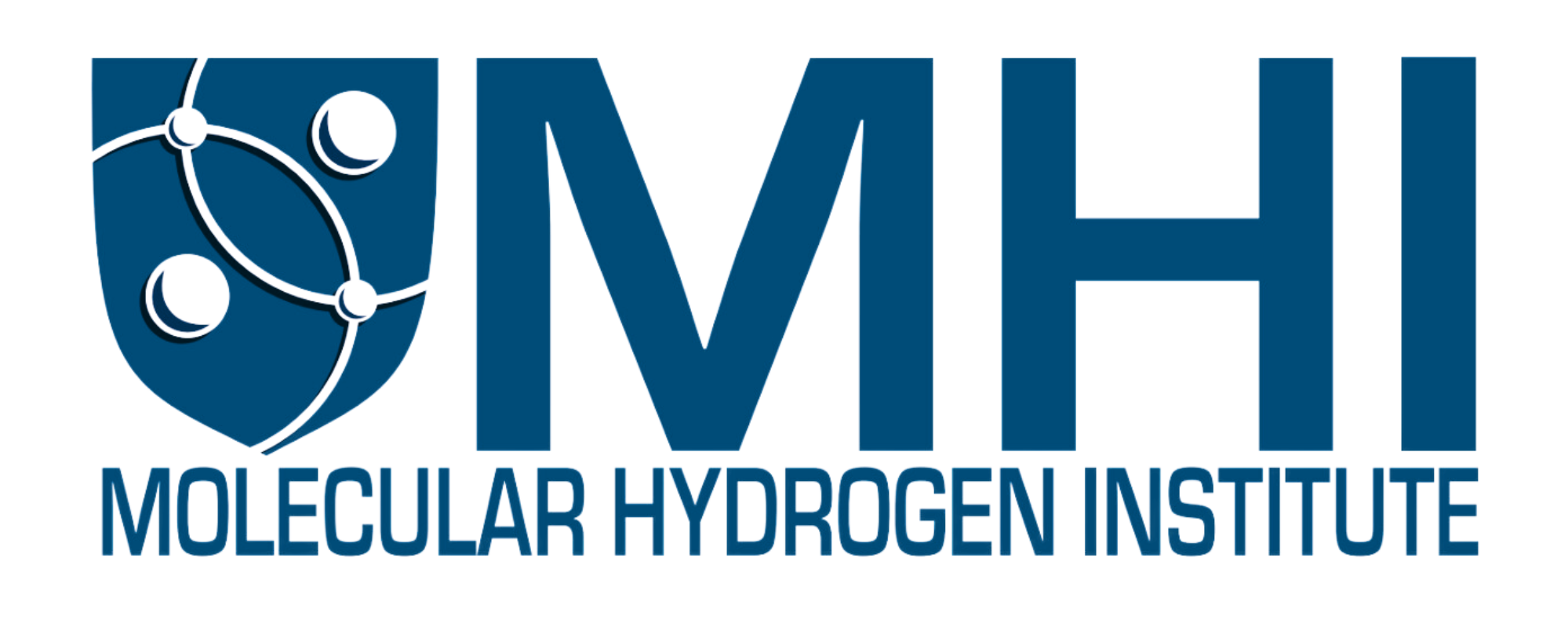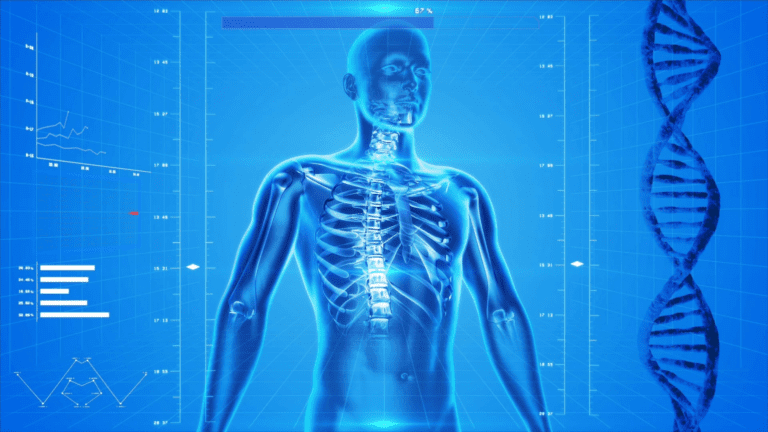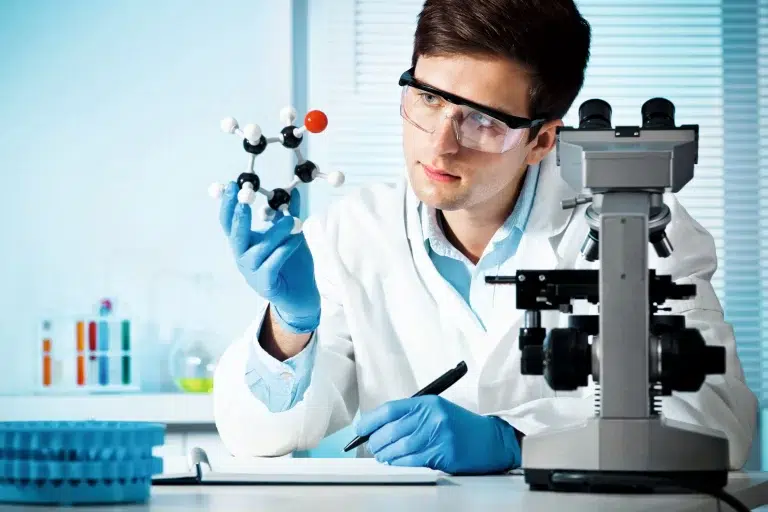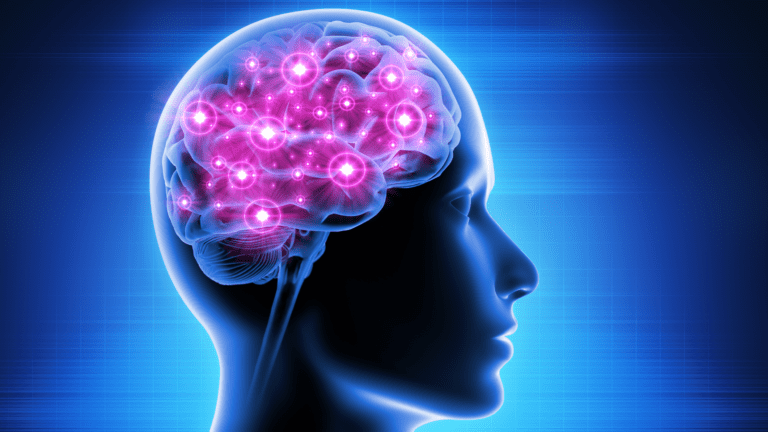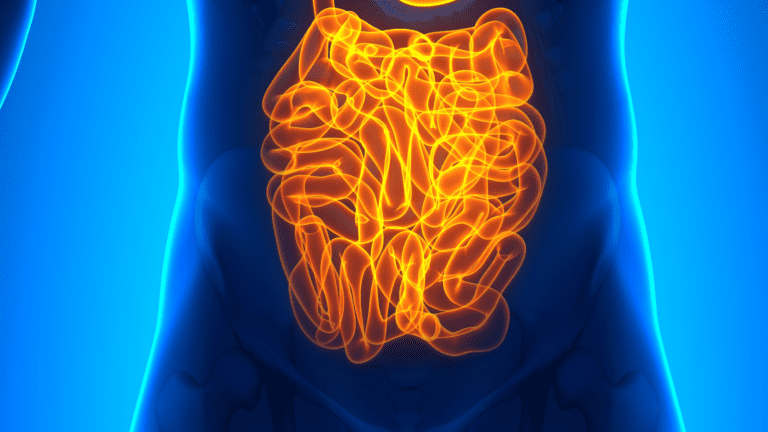Ono, H., et al., Hydrogen Gas Inhalation Treatment in Acute Cerebral Infarction: A Randomized Controlled Clinical Study on Safety and Neuroprotection. J Stroke Cerebrovasc Dis, 2017.
Fahlman, A., et al., Calorimetry and respirometry in guinea pigs in hydrox and heliox at 10-60 atm. Pflugers Archiv. European Journal of Physiology, 2000. 440(6): p. 843-51.
Kayar, S.R., E.C. Parker, and E.O. Aukhert, Relationship between T-wave amplitude and oxygen pulse in guinea pigs in hyperbaric helium and hydrogen. J Appl Physiol (1985), 1998. 85(3): p. 798-806.
Lafay, V., et al., ECG changes during the experimental human dive HYDRA 10 (71 atm/7,200 kPa). Undersea and Hyperbaric Medicine, 1995. 22(1): p. 51-60.
Abraini, J.H., Evidence for inert gas narcosis mechanisms in the occurrence of psychotic-like episodes at pressure environment. Neuroreport, 1995. 6(17): p. 2435-9.
Abraini, J.H., et al., Psychophysiological reactions in humans during an open sea dive to 500 m with a hydrogen-helium-oxygen mixture. J Appl Physiol (1985), 1994. 76(3): p. 1113-8.
Gennser, M. and H.C. Ornhagen, Effects of hydrostatic pressure, H2, N2, and He, on beating frequency of rat atria. Undersea Biomed Res, 1989. 16(2): p. 153-64.
Grossman, Y. and J.J. Kendig, Synaptic integrative properties at hyperbaric pressure. J Neurophysiol, 1988. 60(4): p. 1497-512.
Stephensen, C.B., et al., Comparison of noninvasive breath hydrogen test for gastric acid secretion to standard intubation test in adults. Dig Dis Sci, 1987. 32(9): p. 973-7.
Fructus, X.R., Hydrogen narcosis in man, in Hydrogen as a diving gas. Undersea and Hyperbaric Medical Society, R.W. Brauer, Editor. 1987: Bethesda. p. 53-56.
Dougherty, J.H., Jr., Use of H2 as an inert gas during diving: pulmonary function during H2-O2 breathing at 7.06 ATA. Aviat Space Environ Med, 1976. 47(6): p. 618-26.
Brauer, R.W. and R.O. Way, Relative narcotic potencies of hydrogen, helium, nitrogen, and their mixtures. J Appl Physiol, 1970. 29(1): p. 23-31.
Rodgers, S.H., W.O. Fenn, and A.B. Craig, Jr., The oxygen consumption of rat tissues in the presence of nitrogen, helium or hydrogen. Respir Physiol, 1969. 6(2): p. 168-77.
South, F.E., Jr. and S.F. Cook, Argon, xenon, hydrogen, and the oxygen consumption and glycolysis of mouse tissue slices. J Gen Physiol, 1954. 37(3): p. 335-41.
Bjurstedt, H. and G. Severin, The prevention of decompression sickness and nitrogen narcosis by the use of hydrogen as a substitute for nitrogen, the Arne Zetterstrom method for deep-sea diving. Mil Surg, 1948. 103(2): p. 107-16.
Case, E.M. and J.B. Haldane, Human physiology under high pressure: I. Effects of Nitrogen, Carbon Dioxide, and Cold. J Hyg (Lond), 1941. 41(3): p. 225-49.
Yoon, Y.S., et al., The melamine excretion effect of the electrolyzed reduced water in melamine-fed mice. Food and Chemical Toxicology, 2011. 49(8): p. 1814-9.
Ni, X.X., et al., Protective effect of hydrogen-rich saline on decompression sickness in rats. Aviation Space and Environmental Medicine, 2011. 82(6): p. 604-9.
Saitoh, Y., et al., Biological safety of neutral-pH hydrogen-enriched electrolyzed water upon mutagenicity, genotoxicity and subchronic oral toxicity. Toxicology and Industrial Health, 2010. 26(4): p. 203-216.
Lee, K.J., et al., The immunological effects of electrolyzed reduced water on the Echinostoma hortense infection in C57BL/6 mice. Biol Pharm Bull, 2009. 32(3): p. 456-62.
Jung, H.S., et al., Evaluate of Electrochemical Characteristics in Electrolyzed Reduced Water Korean J. Microscopy, 2008. 38(4): p. 321-324.
Merne, M.E., K.J. Syrjanen, and S.M. Syrjanen, Systemic and local effects of long-term exposure to alkaline drinking water in rats. Int J Exp Pathol, 2001. 82(4): p. 213-9.
Watanabe, T., et al., Influences of alkaline ionized water on milk electrolyte concentrations in maternal rats. J Toxicol Sci, 2000. 25(5): p. 417-22.
Watanabe, T., et al., Histopathological influence of alkaline ionized water on myocardial muscle of mother rats. J Toxicol Sci, 1998. 23(5): p. 411-7.
Watanabe, T., et al., Influences of alkaline ionized water on milk yield, body weight of offspring and perinatal dam in rats. J Toxicol Sci, 1998. 23(5): p. 365-71.
Watanabe, T. and Y. Kishikawa, Degradation of myocardiac myosin and creatine kinase in rats given alkaline ionized water. J Vet Med Sci, 1998. 60(2): p. 245-50.
Watanabe, T., Y. Kishikawa, and W. Shirai, Influence of alkaline ionized water on rat erythrocyte hexokinase activity and myocardium. J Toxicol Sci, 1997. 22(2): p. 141-52.
Sumiyoshi, K., Abstracts from the Functional Water Symposium ‘96 Held at Fukuoka Prefecture, Japan, November 28 and 29, 1996. Artificial Organs, 1997. 21: p. 1222-1226.
Kayar, S.R., E.C. Parker, and A.L. Harbin, Metabolism and thermoregulation in guinea pigs in hyperbaric hydrogen: Effects of pressure. Journal of Thermal Biology, 1997. 22(1): p. 31-41.
Unknown, Navy Studies Hydrogen as Breathing Gas. Design News, 1973. 28(15): p. 22-22.
These scientific articles, although promising and interesting, do not constitute clinical guidelines that hydrogen can cure or prevent a specific disease. Consult your medical health provider for medical questions.
